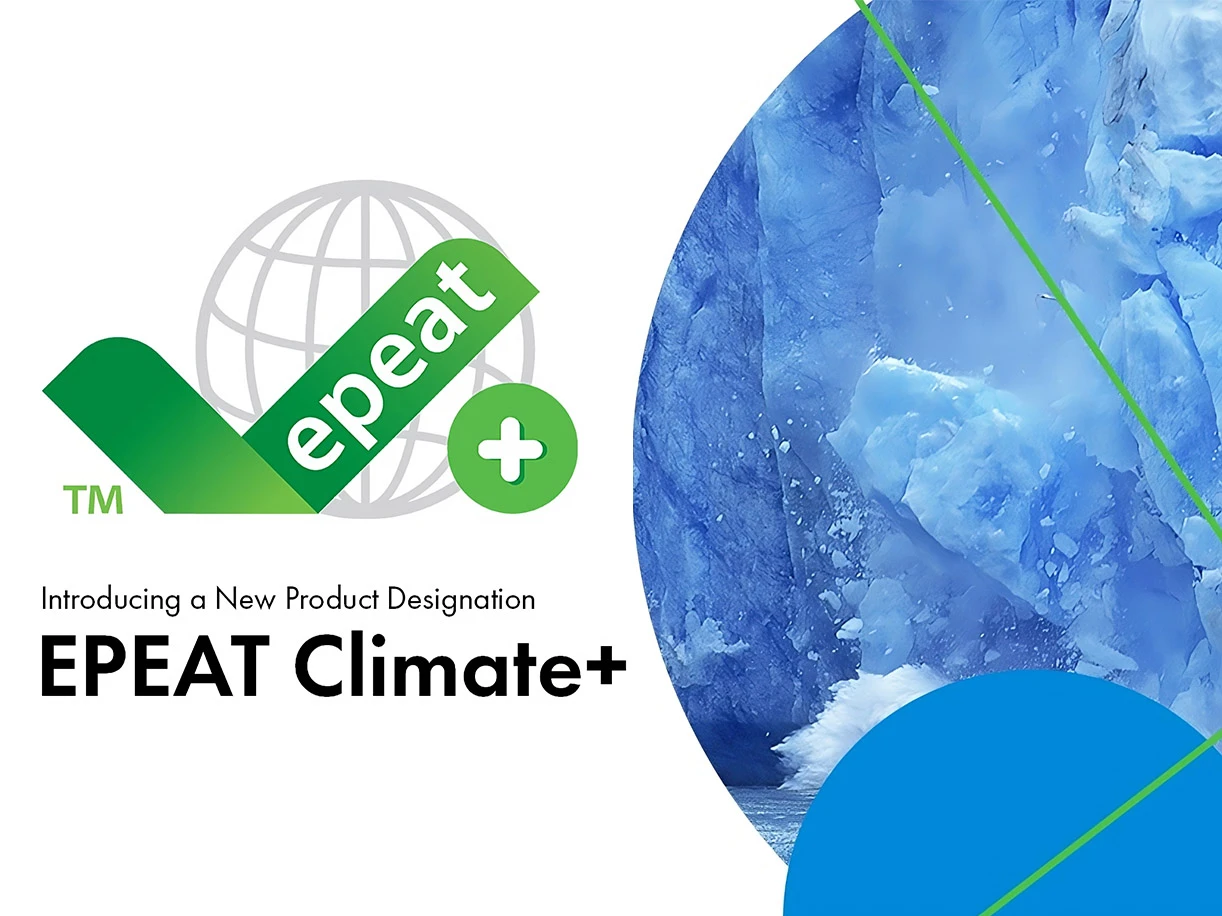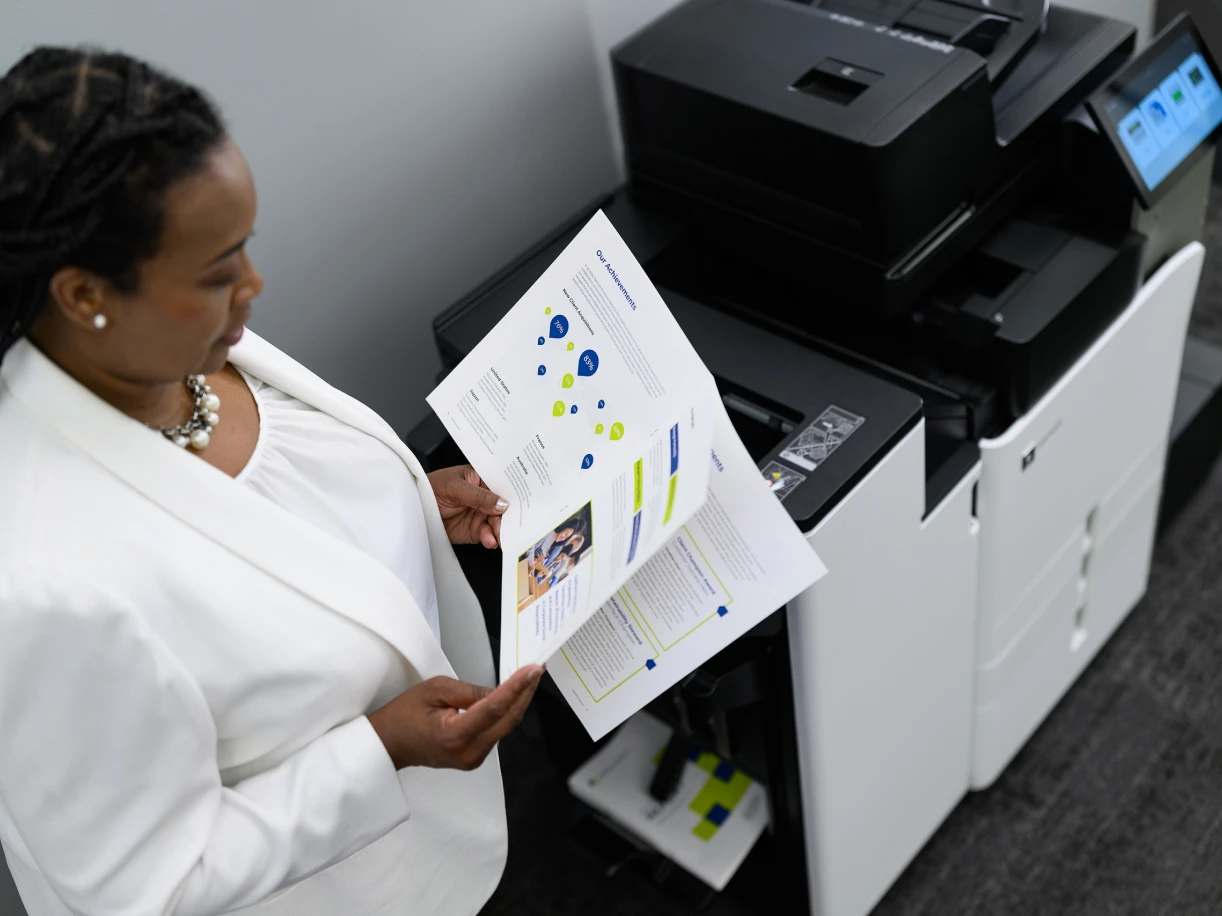Product Certifications

Multi-attribute environmental standards
Lexmark products are designed to meet or exceed the strict criteria of some of the world’s most prominent standards and certifications. These certifications may require testing, analysis, audit, third-party review, standard declaration or disclosure of business or product information.
ISO 14024 – Type I environmental labelling
Lexmark has a long history of designing print systems to meet the Blue Angel standard for environmental performance. The Blue Angel Ecolabel, originating in Germany, was established in 1978 and is one of the most prestigious environmental certifications worldwide. The Blue Angel criteria are regularly reviewed and revised – the most recent revision being DE-UZ 219, effective since 1 January, 2021. The majority of Lexmark print systems announced after October 2012 have been Blue Angel certified. For a list of Lexmark models that are Blue Angel certified, click here.
ISO 14021 – Type II self-declared environmental claims
The Eco Declaration (ECMA-370)
Formerly known as IT Eco Declarations, ECMA-370 declarations provide objective and comparable environmental information. Lexmark signed the original “Industry Voluntary Agreement to Improve the Environmental Performance of Imaging Equipment Placed on the European Market” in June 2011, and the updated agreement in April 2015. Manufacturers are required to make product environmental performance data publicly available, such as through The Eco Declaration (ECMA-370). To view Lexmark’s declarations, click here. To request IT Eco Declarations specifically for our laser print supplies, please contact sustainability@lexmark.com.
Electronic Product Environmental Assessment Tool (EPEAT)
Lexmark is committed to helping our customers meet their sustainability, energy and resource efficiency goals by providing products that are environmentally preferable. The EPEAT programme is one resource used to recognise products that meet this qualification. EPEAT uses the IEEE 1680.2 standard. This is the basis for assessing imaging equipment for environmental stewardship. We have registered over 200 of our products with Gold and Silver ratings – the highest ratings available. As part of the EPEAT verification process, audits are conducted by third-party laboratories and an outside certification body to ensure full compliance with the IEEE 1680.2 standard. Lexmark is committed to continuing public disclosure and annual reporting as required by EPEAT, including the public disclosure of supply chain toxics for 4.7.2.2 criteria. A new revision of EPEAT is under consideration for additional product and corporate criteria. For a complete list of Lexmark registered products, click here.
Energy standards
ENERGY STAR®
Lexmark is committed to designing energy-efficient products, and uses ENERGY STAR requirements for imaging equipment as a guideline when developing products. Launched in 1992, ENERGY STAR is the globally recognised programme of the US Environmental Protection Agency and the US Department of Energy that awards certification to the most energy-efficient models in a product category. The majority of Lexmark products maintain ENERGY STAR qualification year after year. In 2021, 96% of Lexmark branded products sold held the latest version of certification. For more information on ENERGY STAR and a listing of certified Lexmark products, click here.
EC 801
EC 801/2013 is the implementing measure for ErP Lot 26 (Network Standby). As part of this regulation, manufacturers are required to post information about the Network Standby (“sleep”) modes of products, including the available network connections, power consumption in sleep mode for each connection and the default timeout to sleep mode. To view Lexmark’s declarations of product sleep modes, click here.
China Environmental Labelling – Ten Ring Certification
Lexmark is committed to designing products that meet the environmental aspects included in the voluntary certification, Ten Rings. Some of these aspects are materials restrictions, reduced energy consumption, limited chemical emissions and end of life.


